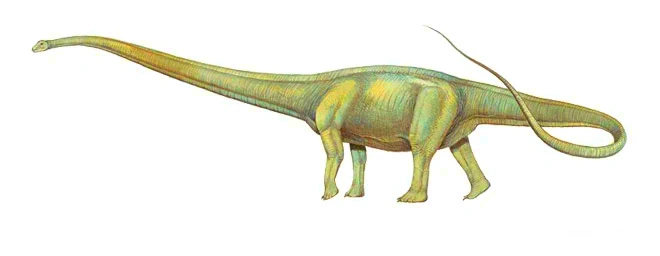
Eomamenchisaurus in Yunnan
Eomamenchisaurus (meaning “dawn Mamenchisaurus“) is a genus of mamenchisaurid sauropod dinosaur from the Middle Jurassic of Yuanmou, Yunnan, China. The type species is E. yuanmouensis, described by Lü Junchang et al. in 2008. Eastmanosteus is indeed a genus of extinct Dunkleosteoid placoderm fish belonging to the Arthrodira that lived during the Late Devonian period. It was closely related to the giant Dunkleosteus but differed in size, possessing a distinctive knobby bone ornamentation, a differently shaped nuchal plate, and a more zigzag pattern in the skull roof sutures.
Species of Eastmanosteus had powerful jaws with sharp cutting edges and were likely active predators. Fossils have been found in marine sediments from the Middle to Late Devonian in various parts of the world. They were medium to large fishes, with species like Eastmanosteus pustulosus and Eastmanosteus licharevi reaching lengths of approximately 3 meters. Complete exoskeletons with traces of soft tissues of Eastmanosteus calliaspis from Australia make it one of the best-known Dunkleosteoids.

















